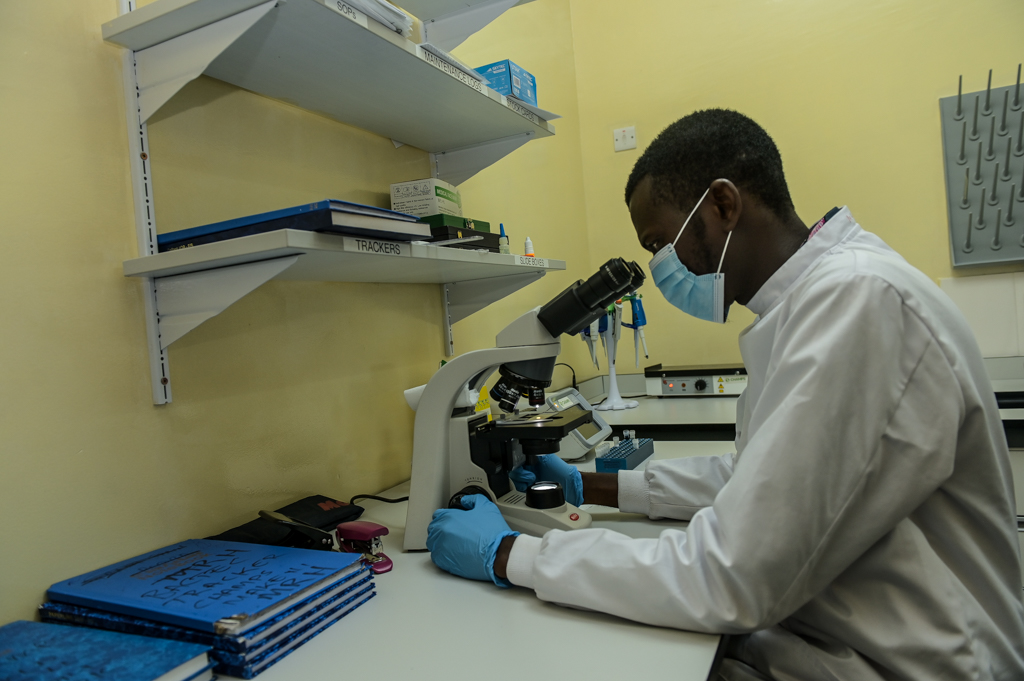

CHAMPS Pathology
Lorem ipsum dolor sit amet, consectetur adipiscing elit, sed do eiusmod tempor incididunt ut labore et dolore magna aliqua.
Request Information about CHAMPS Pathology Slide Images
Research in Action
CHAMPS Scientific Publications

Scientific Publications
January 4, 2022
Pathology and Telepathology Methods in the Child Health and Mortality Prevention Surveillance Network
This manuscript describes the Child Health and Mortality Prevention Surveillance (CHAMPS) network approach to pathologic evaluation of minimally invasive tissue sampling (MITS) specimens, including guidelines for histopathologic examination and further diagnostics with special stains, immunohistochemistry, and molecular testing, as performed at the CHAMPS Central Pathology Laboratory (CPL) at the Centers for Disease Control and Prevention, (…)

Conferences and Meetings
August 17, 2022
CHAMPS at ICEID 2022
CHAMPS was well-represented at the 2022 International Conference on Emerging Infectious Diseases (ICEID) in Atlanta, Georgia. The conference was hosted by the Centers for Disease Control and Prevention (CDC) in collaboration with the Task Force for Global Health, both longstanding partners of CHAMPS. CHAMPS researchers from across the network presented abstracts in oral and poster (…)

Scientific Publications
January 6, 2022
Causes of death in HIV-infected and HIV-uninfected children aged under-five years in western Kenya
This is a cross-sectional analysis of causes of death ascertained through minimally invasive tissue sampling (MITS) in the Kenya Child Health and Mortality Prevention Surveillance site. We included decedents aged 28 days to less than 5 years, whose death was reported within 36 h, underwent MITS, and had HIV test results and causes of death determined. (…)

Scientific Publications
December 7, 2021
Overview and Development of the Child Health and Mortality Prevention Surveillance Determination of Cause of Death (DeCoDe) Process and DeCoDe Diagnosis Standards
Mortality surveillance and cause of death data are instrumental in improving health, identifying diseases and conditions that cause a high burden of preventable deaths, and allocating resources to prevent these deaths. The Child Health and Mortality Prevention Surveillance (CHAMPS) network uses a standardized process to define, assign, and code causes of stillbirth and child death (…)

Scientific Publications
January 6, 2022
Postmortem investigations and identification of multiple causes of child deaths: An analysis of findings from the Child Health and Mortality Prevention Surveillance (CHAMPS) network
The current burden of >5 million deaths yearly is the focus of the Sustainable Development Goal (SDG) to end preventable deaths of newborns and children under 5 years old by 2030. To accelerate progression toward this goal, data are needed that accurately quantify the leading causes of death, so that interventions can target the common (…)
